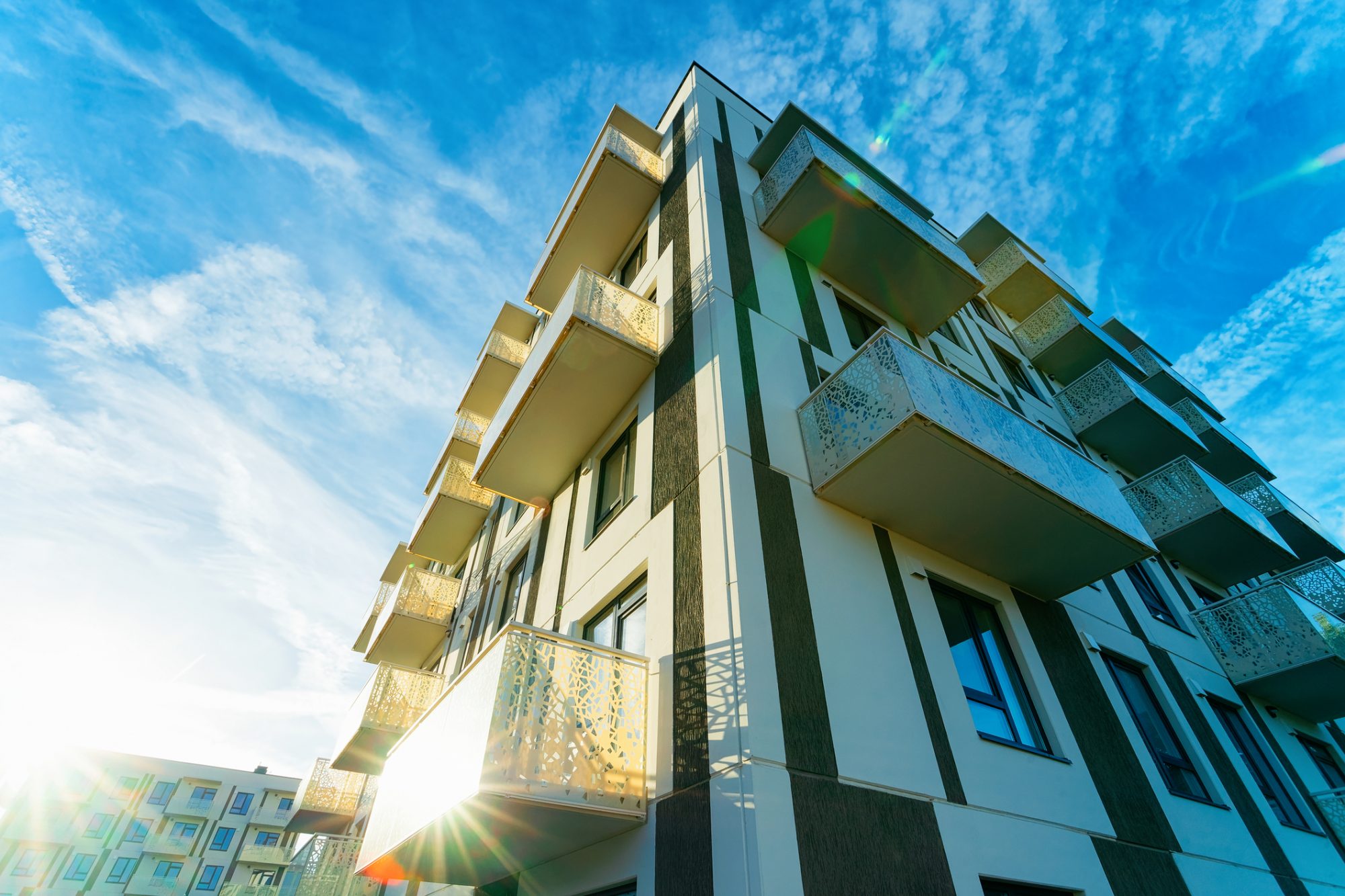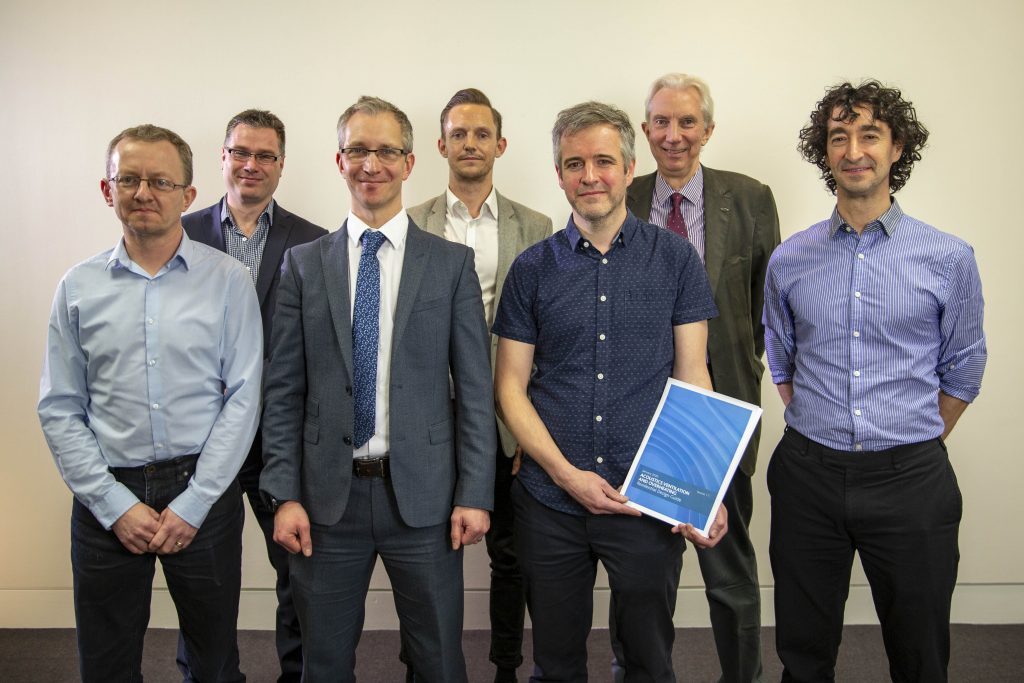Dr Anthony Chilton discusses the Association of Noise Consultants’ new Acoustics, Ventilation and Overheating Residential Design Guide
Earlier this year in PBC Today, the Association of Noise Consultants set out how its new guide, addressing issues of noise, ventilation and overheating holistically for residential developments was being launched.
Now in publication, the Acoustics Ventilation and Overheating (AVO) Residential Design Guide has been produced by working group members from the Association of Noise Consultants (ANC) member companies – chaired by Dr Anthony Chilton from Max Fordham – with input from other specialists in the field.
Among acousticians, it has become increasingly clear that overheating and inadequate indoor air quality are matters of concern in new build housing.
In both cases, this can be exacerbated when environmental noise is a constraint to opening windows.
High external noise levels can make opening windows undesirable, ultimately leaving occupants with no viable means to control summertime temperatures.
Reluctance to open windows may also have a knock-on effect on indoor air quality, when background ventilators are not sufficient to disperse pollutants.
We also need to consider that noisy mechanical ventilation systems create a further issue, with research showing that occupants will turn off plant equipment if they find it too loud.
Faced with these facts, it was clear that a solution needed to be developed to address the issue.
Accordingly, a new guide, encompassing noise, ventilation and overheating factors holistically for residential developments, was proposed.
A collaborative approach
After a good deal of work, research and development, the Association of Noise Consultants (ANC) launched the Acoustics Ventilation and Overheating (AVO) Residential Design Guide at the beginning of the year.
Produced as a collaboration between the ANC and the IOA (Institute of Acoustics) by working group members from ANC companies, it provides a resource for practitioners and designers to balance the interdependence of noise, ventilation and overheating in the acoustic assessment of new residential developments.
In producing the document, we received a considerable amount of support and interest from other organisations in the built environment, who recognised the need for more guidance and closer collaboration in this area of work.
It was strongly felt that the information was needed because, prior to the launch, there wasn’t any guidance available about how to consider acoustics along with ventilation for internal air quality and for mitigating overheating.
Previously, these areas were all dealt with entirely separately, with different designers making incompatible assumptions such as windows being open for overheating assessments but closed for noise assessments.
The AVO guide brings these key issues together because indoor environmental quality relies on enjoying good air quality, good thermal comfort and good acoustic conditions all at the same time. This represents a major step forward and we haven’t actually found any other guidance internationally that is as ambitious in bringing these three matters together.
The guide has been written with the purpose of promoting a collaborative design process, with good communication and timely coordination between the different disciplines encouraged.
Worked example
Included in the guide is a worked example, which sets out the typical design process in terms of:
- The activities that would be undertaken by the acoustic consultant.
- The information that the acoustic consultant should be supplying to the other members of the design team (for example, at locations where simple opening windows are not likely to be a viable means for controlling overheating).
- The information that the acoustic consultant may need from other members of the design team in order to make their assessment (for example, the area of façade openings and how frequently and for what duration they are required to be open to meet the overheating criterion).
To assist designers and environmental health officers, the worked example gives guidance about approximate external noise limits for which each of the Part F template ventilation systems would be appropriate.
Challenging sites
Some points to consider overall include the fact that we acknowledge, on challenging sites, that it may be necessary to develop the design iteratively to arrive at a scheme that best addresses acoustics, ventilation and overheating.
The guide also gives examples of passive ventilation solutions, which offer a higher level of sound insulation than simple opening windows.
These include the use of balconies/winter gardens, attenuated windows and acoustic louvres.
Since the guide has been launched, the feedback has been positive.
The general consensus is that, going forward, it will be a really useful assessment tool, which can help us to understand and begin to address the overheating issues project teams are encountering in the design of new dwellings.
This is particularly relevant in the face of the changing climate – where the guide will support practitioners in the design of sustainable resilient dwellings that can adapt to future scenarios.
The AVO guide can be viewed at: www.association-of-noise-consultants.co.uk/avo-guide
Dr Anthony Chilton is a senior partner at building services engineers Max Fordham. He chaired the Association of Noise Consultants (ANC) member companies that collaborated to produce the Acoustics Ventilation and Overheating (AVO) Residential Design Guide.
Dr Anthony Chilton
Senior partner
Max Fordham
+44 (0)20 7267 5161
Association of Noise Consultants
+44 (0)20 8253 4518
www.association-of-noise-consultants.co.uk


















